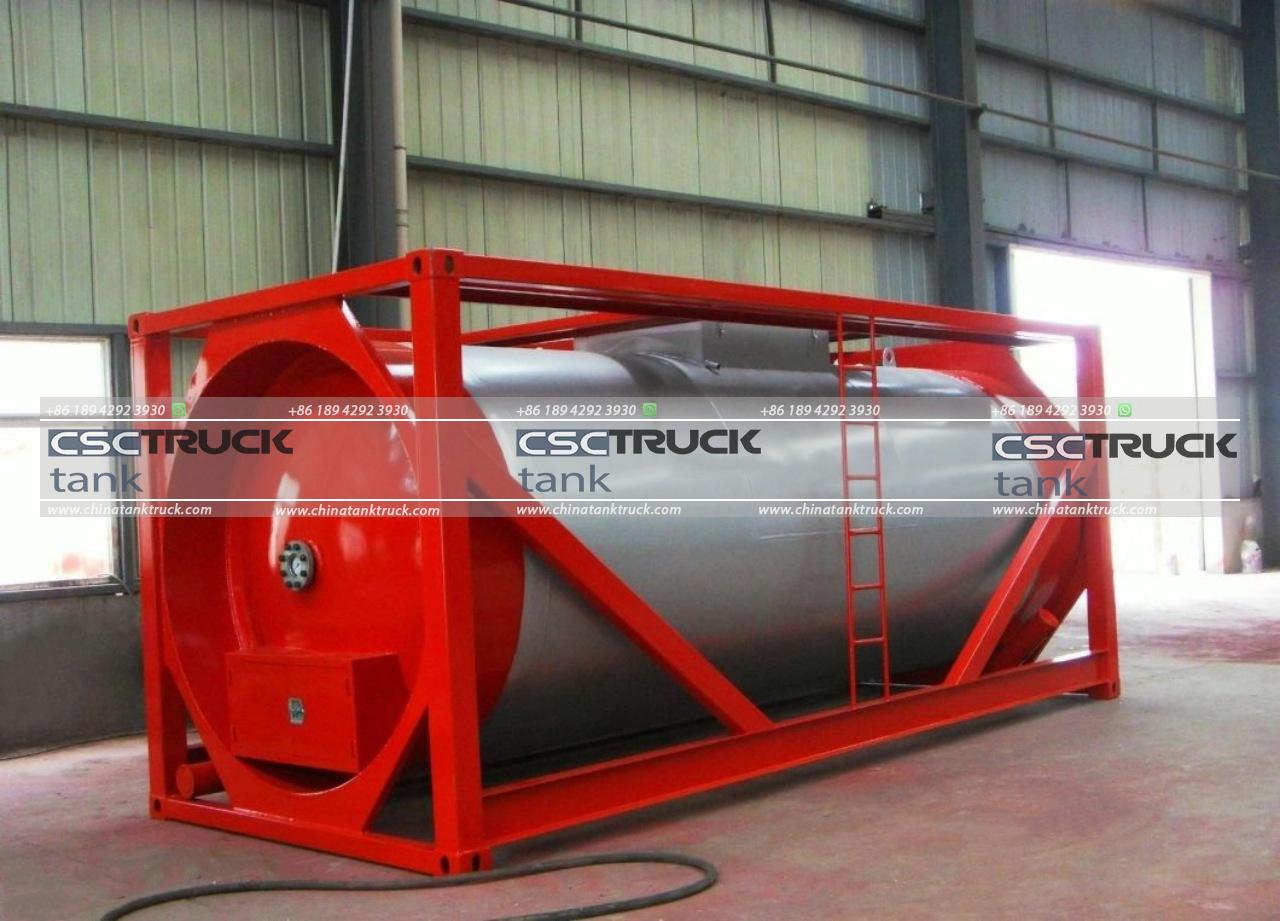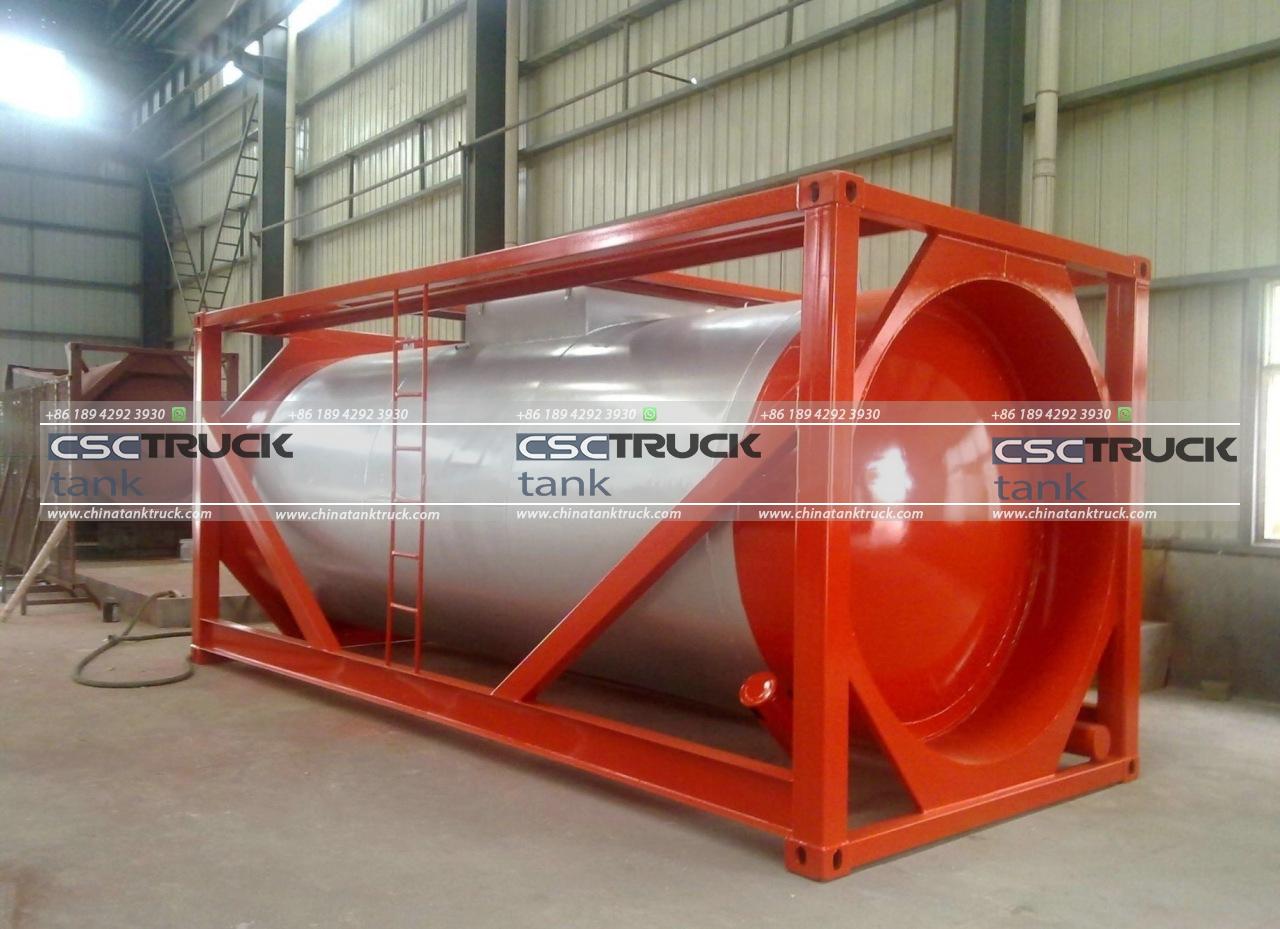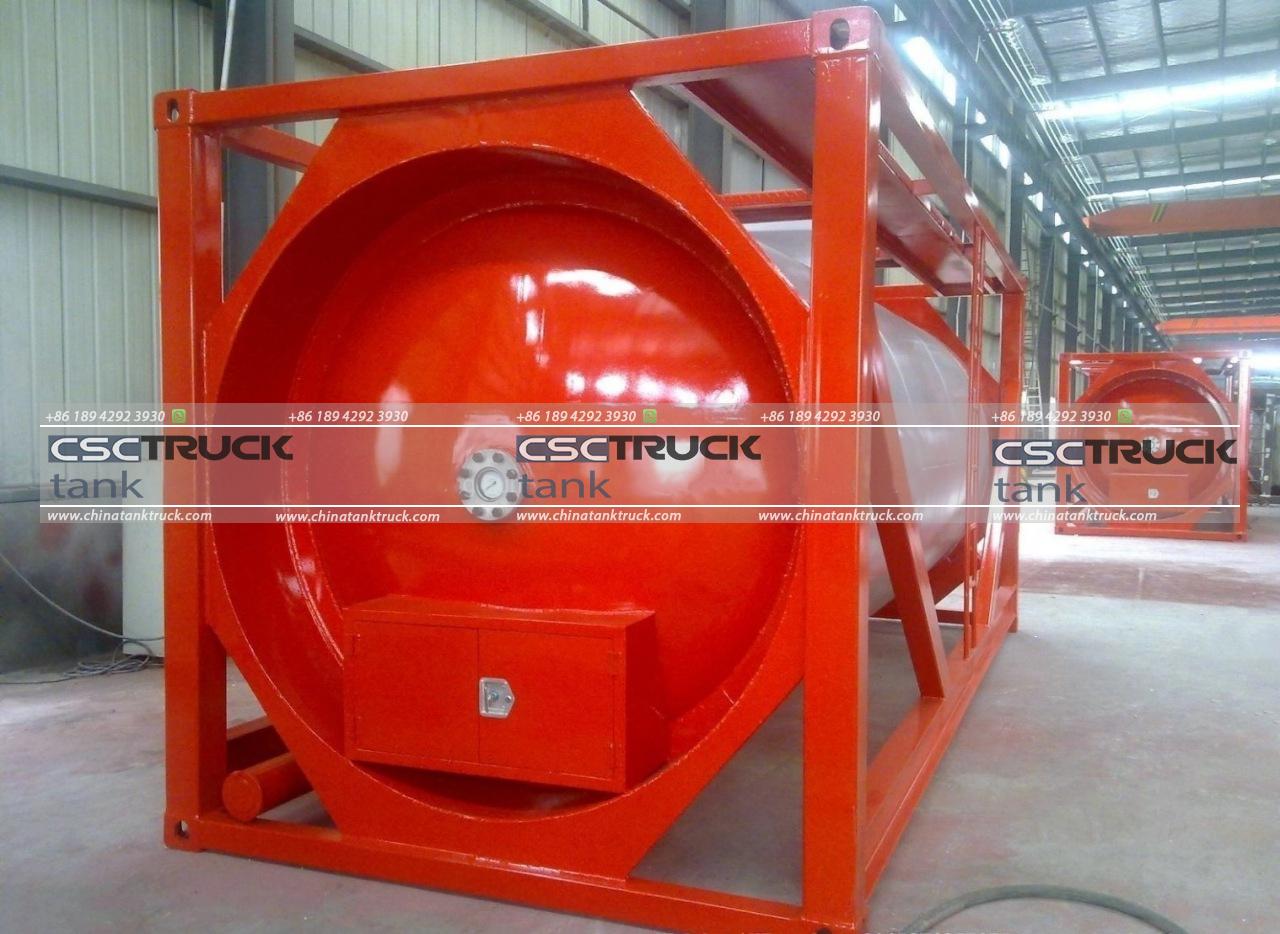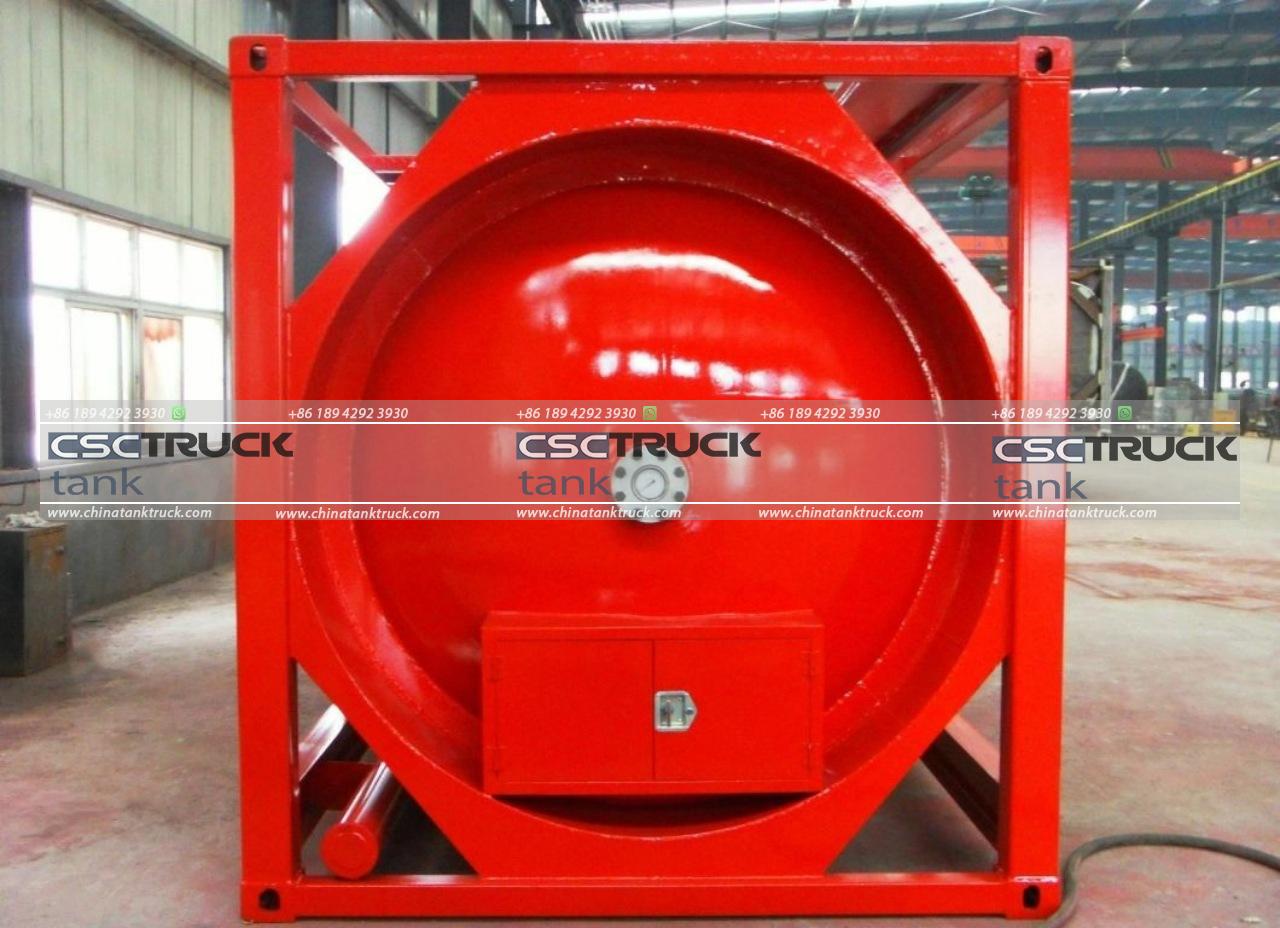What is the Function of ISO Tank?
In the dynamic global trade and logistics landscape, the ISO tank plays a pivotal role as a versatile and efficient container for transporting liquids, gases, and bulk materials. Named by the International Organization for Standardization (ISO), which sets standards for its design and dimensions, the ISO tank is a standardized vessel used across industries worldwide. This article delves into ISO tanks’ functions, features, and significance in modern commerce and industry.
Introduction to ISO Tanks
ISO tanks are robust, cylindrical containers built to withstand the rigors of transportation via various modes such as ships, railways, and trucks. They are designed with standardized dimensions to ensure compatibility with different transport systems, thereby facilitating seamless intermodal logistics. Typically constructed from stainless steel or carbon steel, these tanks are equipped with various fittings and safety features to handle different types of cargo securely.

Functionality and Versatility
The primary function of ISO tanks is to transport bulk liquids, gases, and powders efficiently and safely. These containers are extensively used for transporting chemicals, edible oils, pharmaceuticals, and even food-grade products like wine and juices. Their design allows for the transport of hazardous materials under strict safety regulations, ensuring compliance with international transport standards.
ISO tanks are favored for their versatility in handling diverse cargo types. They can accommodate both non-hazardous and hazardous materials, including corrosive substances and flammable liquids. This flexibility makes them indispensable in industries ranging from chemicals and petrochemicals to food and beverage manufacturing.
Design and Construction
ISO tanks are constructed to meet stringent safety and durability standards. The outer shell is typically made of strong, corrosion-resistant materials like stainless steel, which protects the cargo from external contaminants and environmental factors. The tanks feature various valves, fittings, and gauges for filling, discharging, and monitoring the cargo during transport.
One of the notable design elements of ISO tanks is their stackability. Standardized dimensions allow these containers to be securely stacked on ships and transported efficiently in large quantities, optimizing storage and transportation space.

Advantages of ISO Tanks
The widespread adoption of ISO tanks is driven by several key advantages:
1. Safety: Built-in safety features such as pressure relief valves and emergency venting systems mitigate the risks associated with transporting hazardous materials.
2. Cost Efficiency: Compared to traditional drums or barrels, ISO tanks offer lower handling costs per unit of cargo transported due to their larger capacity and ease of loading/unloading.
3. Environmental Friendliness: The use of ISO tanks reduces packaging waste associated with disposable containers, promoting sustainability in logistics operations.
4. Global Compatibility: Standardized dimensions ensure compatibility with various transport modes worldwide, facilitating seamless international trade.
Applications Across Industries
The versatility of ISO tanks makes them indispensable across diverse industries:
– Chemical Industry: Used for transporting acids, solvents, and other chemicals where safety and purity are paramount.
– Food Industry: Ideal for transporting food-grade liquids like oils, juices, and wines under hygienic conditions.
– Pharmaceuticals: Ensures secure transport of active pharmaceutical ingredients (APIs) and intermediates, complying with stringent regulatory requirements.
– Oil and Gas: Used for transporting petroleum products, liquefied gases, and other hydrocarbons across global markets.

Challenges and Considerations
Despite their advantages, ISO tanks pose certain challenges:
– Cleaning and Maintenance: Proper cleaning and maintenance are crucial to prevent contamination and ensure cargo integrity.
– Regulatory Compliance: Compliance with international regulations governing the transport of hazardous materials requires meticulous adherence to safety protocols.
– Logistical Coordination: Coordinating the movement of ISO tanks across different transport modes and jurisdictions demands efficient logistical planning and management.
Future Trends
The future of ISO tanks is shaped by technological advancements and evolving regulatory frameworks. Innovations in materials, such as lightweight alloys and composite materials, aim to improve fuel efficiency and reduce environmental impact. Furthermore, digital integration and IoT-enabled tracking systems enhance real-time monitoring of cargo conditions, ensuring compliance and security throughout the supply chain.

Conclusion
In conclusion, ISO tanks play a vital role in modern logistics by providing a safe, efficient, and environmentally friendly means of transporting bulk liquids, gases, and powders globally. Their standardized design, robust construction, and versatility make them indispensable across diverse industries, from chemicals and food to pharmaceuticals and beyond. As global trade continues to expand, ISO tanks remain at the forefront of facilitating seamless and secure transportation of goods, underscoring their significance in the interconnected world of commerce and industry.
Through adherence to rigorous standards and ongoing innovation, ISO tanks uphold their reputation as reliable workhorses of the logistics industry, ensuring the safe and efficient delivery of essential materials that drive economies and enhance quality of life worldwide.

